Rats with backpacks to the rescue
Rats that come to your rescue. Perhaps not the first thing that comes to people’s mind when they think about these rodents. Rats are usually seen as pest animals that spread diseases. But that’s not entirely fair, certainly not now that alumnus Sander Verdiesen helped NGO APOPO train rats to become true rescue workers.
The rescue rats are deployed to detect landmines and tuberculosis (tb). Or they carry a small backpack as they search for survivors of a disaster. Once the rats find what they were looking for, they pull at a small button to warn their operators, who in turn send a signal to the rat telling it to come home. The rats return with a set of images that give the human rescue workers a good sense of where to find survivors. As a reward, the rats receive some mashed bananas and a rodent cookie.
Making a difference
“I was looking for a master’s internship and I wanted it to be less academic, but at the same time not too industry orientated. I want to make a contribution to society with electrical engineering, which is why an NGO seemed like an obvious choice. APOPO (which stands for Anti-Personnel Landmines Detection Product Development, ed.), responded to my email, and I was very excited about their project. At the time, they only used rats to detect landmines and tb.” The rest is history.
Tuberculosis
Detecting tuberculosis may seem less obvious to a layperson, but this disease has a very specific smell. “People who are suspected of having tb have their saliva sampled. These saliva collections are sent to the lab first. However, doctors sometimes fail to detect a positive sample, which is why the negative samples are also sent to the rats just to be sure. They sniff at every sample, and when a rat sticks its nose in the hole a bit longer, it’s clear that they detected a positive sample.” And the results are astounding: the rats haven’t failed to detect a positive sample once. “When I did my internship two years ago, almost 16,000 people in Tanzania, Ethiopia and Mozambique had been tested positive for tb after they had been tested negative by a doctor first.”
Getting to work
APOPO deploys African pouched rats because they are excellent rescue workers thanks to their good sense of smell, curious nature and agility. They are trained in a special training center in Tanzania that has a large field covered with deactivated landmines, which the rats need to detect. Verdiesen visited the training center and fitted the rats with backpacks. “That went well right from the start, also because the measurements had been sent to me beforehand.”
The backpack contains, among other things, a small microphone, a controller and a camera. Verdiesen was able to design the backpack within just three months, mostly because he used existing modules. “I devoted most of my time to the programming of all the separate parts. And to making sure that the casing was affixed properly and comfortably to the rat. It’s a 3D-printed casing, which didn’t fit well. I ordered a diving suit and used the neoprene to make a comfortable casing.”
Fast and eager learners
In an article about this topic published in New Scientist, which focuses primarily on the rat’s perspective, APOPO researcher Donna Kean says that the training feels like a playground to the rats. “There are all kinds of things for them to crawl under and to sniff at. I definitely get the impression that they enjoy it. Despite the complexity of the various tasks, most rats go through the training process fast and eagerly.”
The rats won’t replace rescue dogs anytime soon. Instead, they will be used to help out when necessary. The great thing about rats is that, unlike dogs, they can work with more than one trainer. After spending five years detecting landmines or tuberculosis, rescue rats retire. “We have a pensioners’ village in our headquarters,” Kean says. “They have enough space there and good food, and they exercise and play a lot.”
Further development
When you’re lying under the debris of a collapsed building, a rat with a backpack may not be the first thing you hope to see. The researchers are looking for a solution to that problem, such as a recorded message that plays after the rat pulls at the button, or, ideally, a walkie-talkie. “We would like to integrate that into the backpack, so that the operator can talk directly to the victim. That might help during the rescue operation, and it might put the victim at ease.”
“What we want to do in any case, is get everything onto one circuit board. A friend of mine, Rick van den Hoven, is currently working on that. We also want to make the backpack even smaller in the future, so that the rat can reach even more places, it’s still quite high now.” And Verdiesen has more dreams for the future: “It would be great if we could use the rat’s camera one day to detect a victim’s heart rate or breathing. We still need to improve the camera connection anyway, because when the rat goes deeper underground, the camera connection sometimes fails. The images are still stored locally, but the operator can’t see them live. The remote control can operate at a much lower frequency than the camera and therefore never fails, so that it will always remain possible to communicate with the rat.”
In other words: there’s still more than enough work to do. Verdiesen is currently looking for a student who wants to help with the further development of the backpack’s programming. You can send him an email if you are interested, or if you would like to know more.
Ratatouille
Verdiesen and APOPO still have some issues they need to tackle. What happens when a rat is looking for victims in a collapsed building and enters a kitchen filled with food? “Well, we don’t have an answer to that question just yet, we’re testing that right now. The training starts out very basic. We teach the rats to ignore a heap of clothes and to respond to a person. After a while, you might add a bowl of peanuts and watch what happens.” The rats always receive some food as a reward anyway, after they detect an item, traces of a disease or a victim.
Deployment
The rescue rats won’t be deployed in the Netherlands anytime soon. “They’re primarily trained to detect landmines and tuberculosis. We (practically) don’t have that here. And they’re also less relevant when it comes to search & rescue. We will first use them in Turkey, where earthquakes occur relatively often, and where the construction quality of buildings isn’t as high as here in the Netherlands. And we can use them in Tanzania for the detection of illegal wildlife products, since the acquisition and shipping of poaching products is quite common there. Rats, for example, can detect ivory. They check shipping containers for ivory prior to shipment.”
Verdiesen currently works for Philips, but he remains involved with the project on a voluntary basis. He is very proud of the internship that started in 2020. “I really enjoyed being part of it. We can truly make a difference, especially with search & rescue. The rats are really fast and they can crawl into small spaces. This means that you need fewer rescue workers, who can be deployed in a targeted manner at the locations where the victims were detected by the rats. The first 48 hours are crucial for victims.” A more efficient use of rescue workers increases their chance of survival.
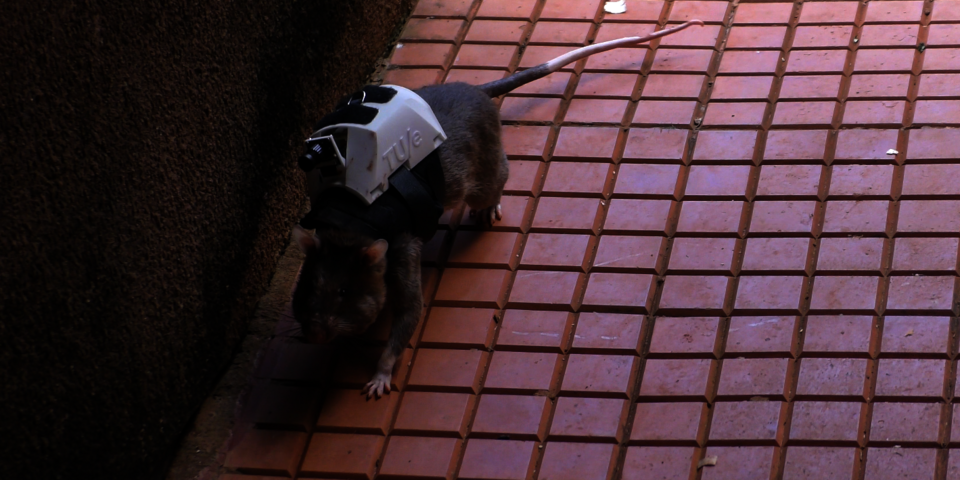

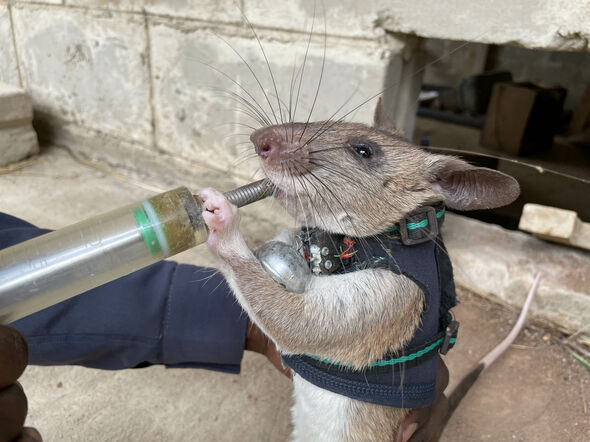
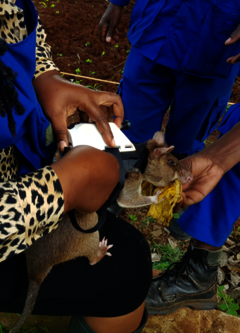
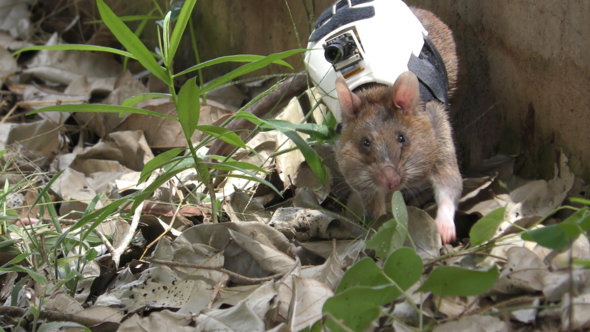
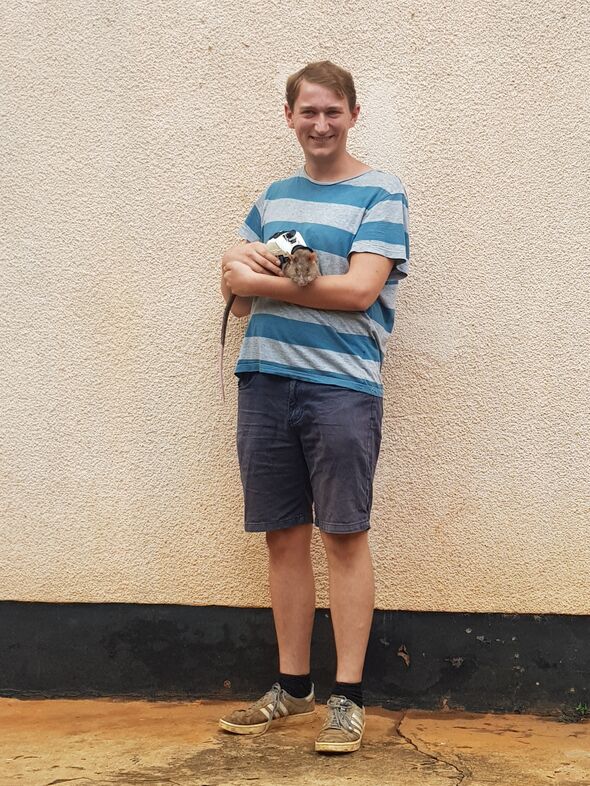
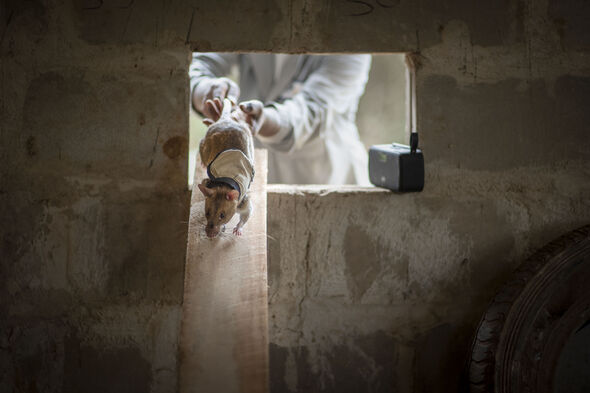
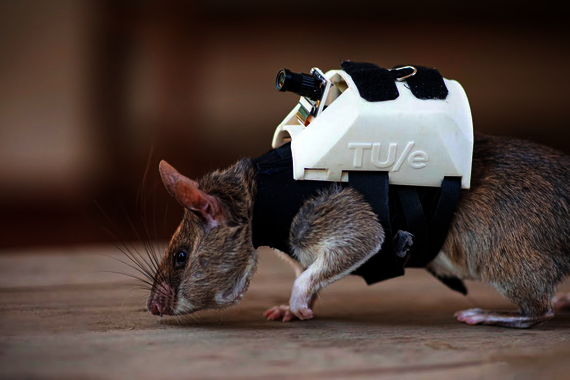
Discussion